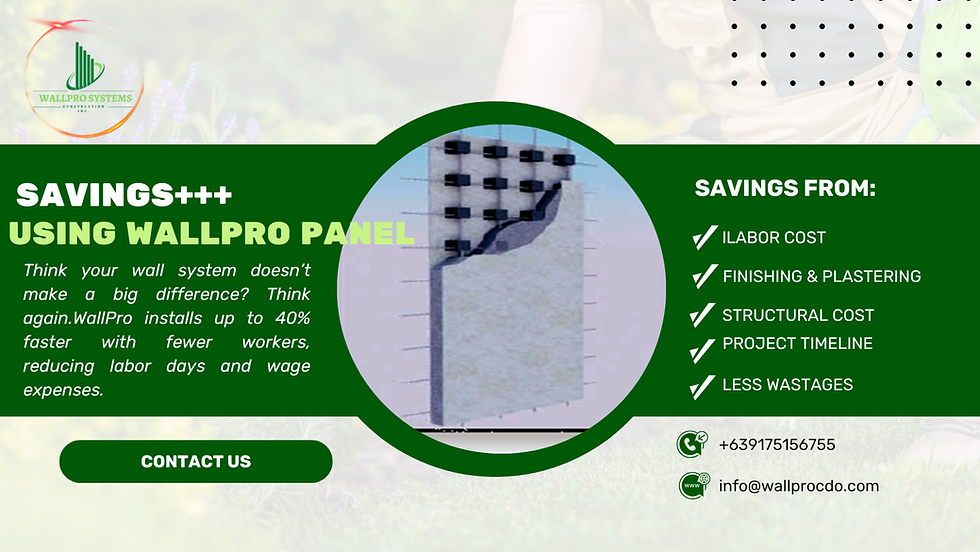Building for the Future: Sustainable and Resilient Materials in Modern Construction
- Gabriel Mikael
- May 6
- 2 min read
The construction industry is evolving — and it's no longer just about building faster or cheaper. Today, it’s about building smarter, safer, and more sustainably. At the heart of this movement are sustainable and resilient materials, which offer both environmental benefits and enhanced durability, especially in the face of natural disasters like earthquakes.
But what exactly are these materials? And why are they quickly becoming the foundation of future-proof construction?
🌿 What Are Sustainable and Resilient Materials?
Sustainable materials are those that reduce environmental impact — whether through lower carbon emissions, energy efficiency, recyclability, or responsible sourcing.
Resilient materials are designed to withstand stress, shocks, and environmental hazards, such as earthquakes, floods, or extreme weather.
Combining both creates a win-win: stronger buildings and a healthier planet.
🌍 Why They Matter More Than Ever
As the world faces increasing climate-related risks and a demand for more housing, builders and homeowners are looking for solutions that are both tough and eco-friendly.
📊 Key Stats:
The building sector is responsible for over 37% of global CO₂ emissions.
Using sustainable materials can reduce a building’s carbon footprint by up to 50%.
In earthquake-prone regions, resilient construction can reduce structural damage by over 70%, saving lives and rebuilding costs.
🧱 Examples of Sustainable & Resilient Building Materials
1. Cellular Concrete
A lightweight, foamed concrete that offers both thermal insulation and shock absorption. Ideal for seismic zones.
✅ Low density, reduces structural load
✅ Excellent energy efficiency
✅ Lower carbon output during production
2. Bamboo Reinforcement
A renewable alternative to steel in low-rise construction, bamboo is strong, flexible, and grows quickly.
✅ Sustainable and fast-growing
✅ High tensile strength
✅ Useful in affordable housing and post-disaster rebuilding
3. Recycled Steel and Plastic Composites
Using industrial waste or recycled materials to create high-performance panels or reinforcements.
✅ Diverts waste from landfills
✅ Durable and corrosion-resistant
✅ Great for framing and cladding systems
4. Engineered Timber (e.g., CLT - Cross-Laminated Timber)
Timber that is layered and glued for strength, used in modern wood skyscrapers and eco-buildings.
✅ Carbon-negative material
✅ Strong enough to withstand seismic movement
✅ Fast and flexible installation
🏠 Benefits for Builders and Homeowners
👷 For Contractors & Developers:
Meet green building standards (LEED, EDGE, etc.)
Increase market appeal and property value
Reduce material waste and project downtime
🏡 For Homeowners:
Lower energy bills and maintenance costs
Live in a safer, healthier, more comfortable home
Feel good knowing your house supports a better future
Sustainable and resilient materials are more than a trend — they’re the new standard. As building demands grow and environmental challenges intensify, choosing materials that are both strong and eco-conscious is one of the smartest investments anyone can make.
Whether you're a builder designing for the next decade, or a homeowner looking to build a forever home, sustainability and resilience should be at the core of every decision.




Comments